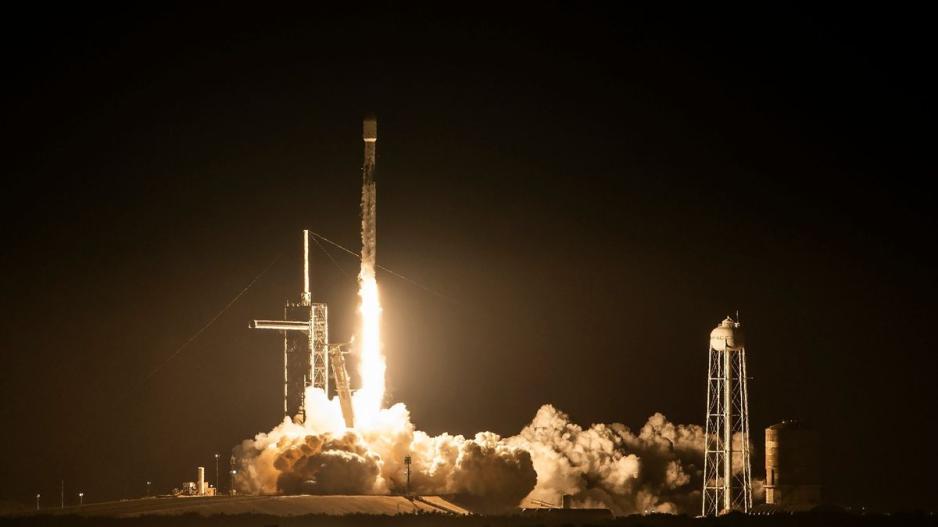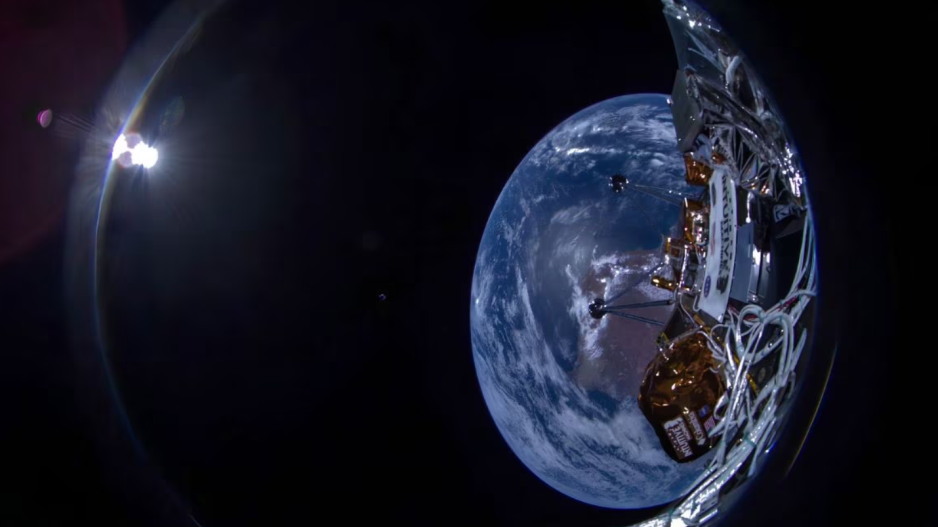'Odysseus' Enters Lunar Orbit, Eyeing First U.S. Moon Landing in Half a Century
If the Mission Progresses as Planned, the Robotic Spacecraft Will Gradually Lower Its Orbit Over the Next 12 Hours
A spacecraft constructed by Houston-based private company Intuitive Machines has successfully entered lunar orbit today. This significant achievement marks an attempt to execute the first U.S. lunar landing in over 50 years, and notably, the first-ever attempt by a private spacecraft.
Named Odysseus, the vehicle achieved a circular orbit approximately 92 kilometers above the Moon's surface. This maneuver followed a nearly seven-minute-long burn of its main rocket engine, facilitating orbital insertion, as reported by the company.
If the mission progresses as planned, the robotic spacecraft will gradually lower its orbit over the next 12 hours. It aims to land in the Malapert A crater near the Moon's south pole on Thursday. During this mission, Odysseus will transport a suite of scientific and technological instruments for NASA.

The company reported that Odysseus remains in excellent condition. Throughout its lunar orbit, roughly 384,000 kilometers from Earth, mission controllers in Houston will monitor the spacecraft's flight data and relay images of the Moon.
The spacecraft's journey began seven days ago, launched atop a Falcon 9 rocket. This rocket was developed and launched by Elon Musk's SpaceX, headquartered in California, from NASA's Kennedy Space Center at Cape Canaveral, Florida.






